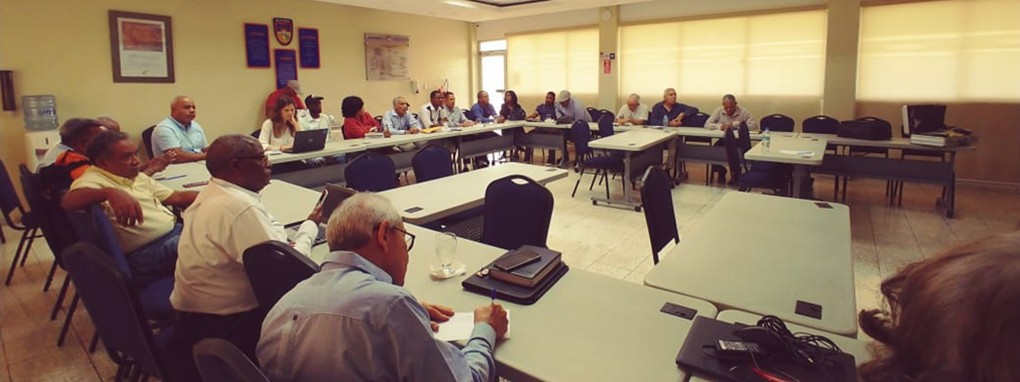Complex problems require systemic solutions that operate in different dimensions and at different levels.
Based on the vulnerability study results and the piloting intermittent harvest technique, the GP Fish supported various initiatives to enhance the resilience of aquaculture and rice-fish farmers. Through training sessions, farmers learned about the impacts of climate change on aquaculture operations. With support from technical staff, fish farmer cooperatives developed individual adaptation plans, which were then incorporated into their annual planning. Additionally, farmers received training on enhancing watershed functionality and implementing agroforestry practices, including reforestation around ponds to reduce erosion during heavy rains. Due to high community demand, the project also supported the development and management of local tree nurseries to ensure the availability of seedlings.
Other infrastructural adaptations for small-scale aquaculture operations include the use of deeper ponds, which provide thermal refuge and greater dissolved oxygen reserves, thus enhancing fish growth and survival during dry spells. Structural adaptations such as raised pond dikes and strategic timing for stocking and harvesting fish are recommended to prevent losses during seasonal extreme weather events.
Moreover, continuous harvesting of surplus tilapia offspring reduced the risk of total market value loss due to flooding, showcasing an innovative adaptation to increase resilience against climate variability. The cost-efficient adaptations and techniques were carefully selected to minimize the financial burden on farmers.
These adaptations on an infrastructural level can be complemented by regional activities of the project to mitigate climate change effects. For example, a digital, mobile phone-based climate information system for fish farmers has been introduced in collaboration with mobile network operators and weather stations. The hotline provides early and regular weather updates, which allows farmers to adjust production and harvesting methods to prevent losses from events such as flooding. Additionally, the hotline serves as a marketplace for fish producers and consumers.
